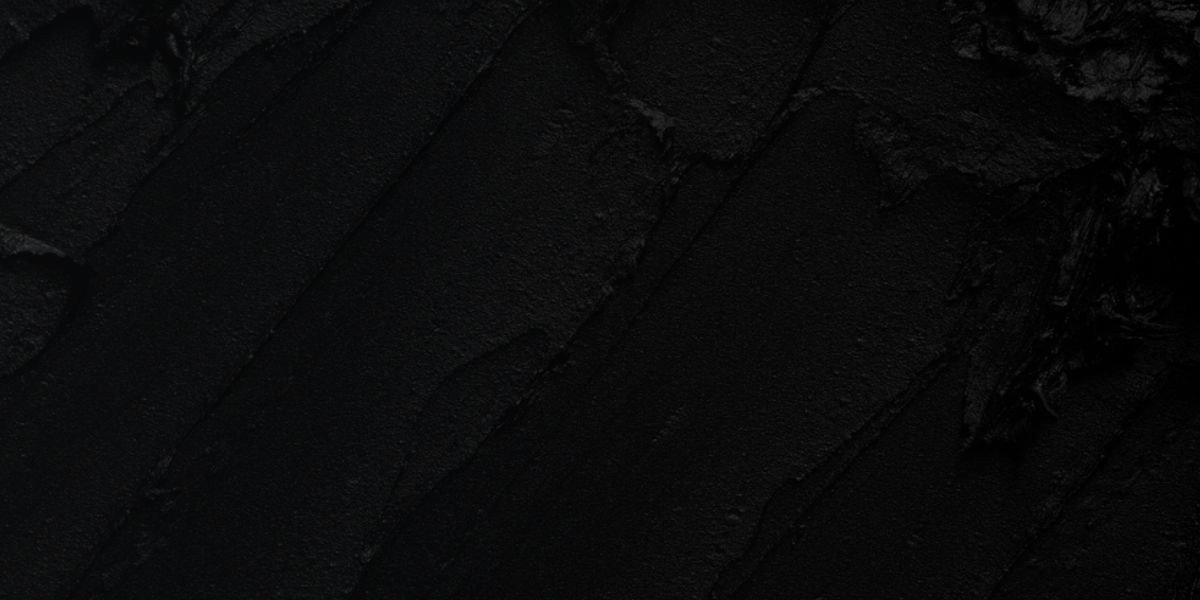You’ve all heard the expression “beauty is pain”—but is it actually supposed to kill?
Any girl who’s ever tried to wax her own legs or suffered through a bleach-burned scalp knows that getting that coveted look can come at a painfully high price. And then there are all those sketchy makeup ingredients that may or may not be bad for you (check out this post for the details).
But that’s nothing compared to what some of our stylish ancestors slathered on their skin…
A healthy, natural glow may be on trend today, but that definitely wasn’t always the case. For decades, the hottest look in the Western world was pale, pale skin. Why? Well, we may covet sun-kissed skin today, but in the eighteenth century, a tan often meant you were stuck working in the fields, i.e. lower class.
The solution was lead-based makeup. Lead, which had been a makeup ingredient since antiquity, helped women achieve that ghostly pale complexion—while steadily poisoning its wearers through their skin. And the ladies of the eighteenth century weren’t afraid to be liberal in their application, either—various scarring diseases (like smallpox) plus good old-fashioned acne left quite a bit to cover up.
As a result, the 1800s saw women literally dying of “vanity.” Even after the lead had been identified as a deadly toxin, some women were so addicted to their makeup they just couldn’t give it up.
2. Deadly Nightshade Eye Drops
Called “belladonna” by Italian ladies of the sixteenth century, this poisonous plant spent its time in the spotlight as a beauty staple. Belladonna literally means “pretty woman” in Italian, and that was exactly what it was supposed to do: women used nightshade-infused eye-drops to dilate their pupils, making them appear wide-eyed and seductive.
The only problem with putting a poisonous plant in your eye is that it’s, you know, poisonous. Deadly nightshade in particular is known for causing wild hallucinations, visual delirium, light sensitivity, and increased heart rates. Oh, and repeated use as an eye-drop could also lead to blindness and death.
3. Mercury Skincare Treatments and Makeup
Anyone who’s ever had acne before (which, let’s be real, is most of us) knows the painful struggle for clear skin. Now imagine that struggle without your favorite acne-treating moisturizers, creams, washes, and toners—yikes.
In the 1800s, one solution involved banishing your blemishes with mercury. While we’re not sure about its success as an acne treatment, it definitely did have other results—like causing neurological disorders, birth defects, kidney problems, liver problems, and death.
To add insult to mercury-poisoning-induced injury, mercury can also dry out your skin and make it peel. So after treating your acne, you’d find yourself needing even more makeup. Another three layers of your lead-based white makeup, for instance. And why not top it off with some rouge—which also contained mercury—while you’re at it?
4. Lash Lure
Mascara is a staple for most makeup artists—so you might be surprised to learn that one woman in the 1930s actually died from an “innocent” eyelash treatment. Lash Lure was an eyelash and eyebrow dye meant to darken and emphasize lashes and brows. The product promised to help you “radiate personality,” but that wasn’t exactly what happened for all of its users.
Lash Lure’s color came from a compound named paraphenylenediamine (PPD), a toxic coal tar dye more commonly used for dying leather and fabric. While some women walked out of salons with the desired effect, the product left other women permanently blind (after suffering through painful infections, ulcers, and scars, that is). Another woman actually died of blood poisoning caused by the lash tint.
5. Mouse Eyebrows
This trend may not have been deadly, but it sure was bizarre. In the late 1700s, dark eyebrows came into vogue. Unfortunately, many women were a little short on the eyebrow front—turns out all that lead makeup can lead to hair loss, too.
But would any true eighteenth-century beauty devotee really let that stand in her way? Of course not. Instead, the innovative ladies of the 1700s glued mouse pelts onto their faces to create the look of luscious, dark brows. It was the ultimate beauty DIY: they even used mice caught in their own mouse traps!
Unfortunately, eighteenth-century glue was about as advanced as its cosmetics. It wasn’t uncommon for a mousey eyebrow or two to drop off midway through a fashionable evening soiree.
6. Arsenic Makeup
Eventually, people clued in that their lead-based makeup was actually kind of toxic. But beauty trends were beauty trends, and that ghostly pale complexion was still very much in style. Once lead was off the market, a new makeup ingredient took its place: arsenic.
Unfortunately, arsenic is even more toxic than lead. Some women DIY’d their own arsenic makeup by soaking the poison out of fly paper. You’d think that might have been a sign it wasn’t so good for you, but no. While arsenic did provide that coveted pale skin (by killing off red blood cells), it also poisoned you and could eventually kill you. Oh beauty industry, you tried. Sort of.
7. Radioactive Skin Cream
Today we use skincare ingredients like black tea, plant extracts, lactic acid, red wine, gold flakes, and even powdered diamonds in the hopes of achieving a gorgeous glow. But back at the start of the twentieth century, beauty devotees got their radiance by using skin creams that were literally radioactive!
Radium had just been discovered by Marie and Pierre Curie (who would later die of radiation exposure brought on by their research, by the way) and the beauty industry went wild for it. The idea was that the “energy flow” of the radiation in your skin cream would erase wrinkles and rejuvenate tired, dull skin.
